

Kourion Stadium – a large Roman stadium near Episkopi, that sits between the ancient city of Kourion and the Sanctuary of Apollo Hylates.
It was a sunny morning after weeks of rain. One of us was sick (me), one of us was going stir-crazy (Goobie), one of us needed wearing out before his 11am nap (Herc) and one of us had serious nap-envy (Matt). We needed fresh air and somewhere to have a brief stroll.
Goobie had more ambitious ideas.
Kourion Stadium is just off the B6 Paphos-to-Limassol road outside of Episkopi village and is free to enter. It’s a two-minute drive from Ancient Kourion and the Sanctuary of Apollo Hylates. You could see all three in a day, though personally I’d choose to see the Sanctuary of Apollo Hylates and Kourion Stadium on the same day and leave Ancient Kourion for another visit. Ancient Kourion is massive and you’ll get more out of an unhurried visit.
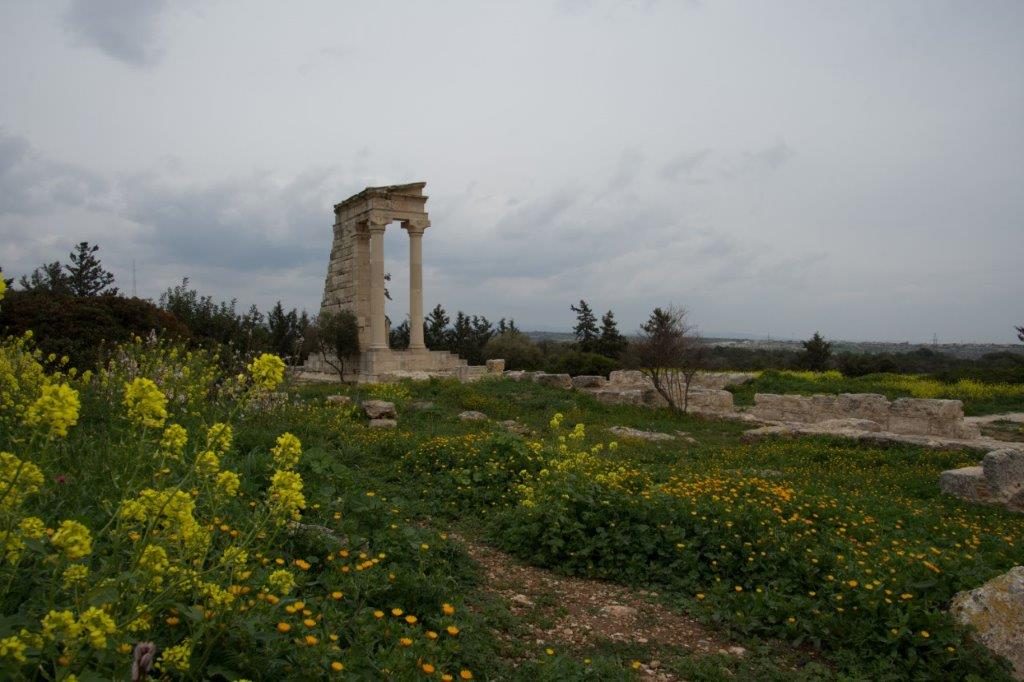
Back in 673 BCE, an ancient inscription for the Assyrian King, Esarhaddon, described how Cyprus was divided into a number of ancient city kingdoms. Since finding out about this, I’ve been trying to find and visit what remains of them. Some are easy to find, such as the magnificent Ancient Salamis. And some have been a pain in the bum to find, such as Ancient Lambousa. Ancient Kourion is one of the most impressive sites on the southern part of the island, well-marked and filled with so much history that blogging about it feels a tad overwhelming.
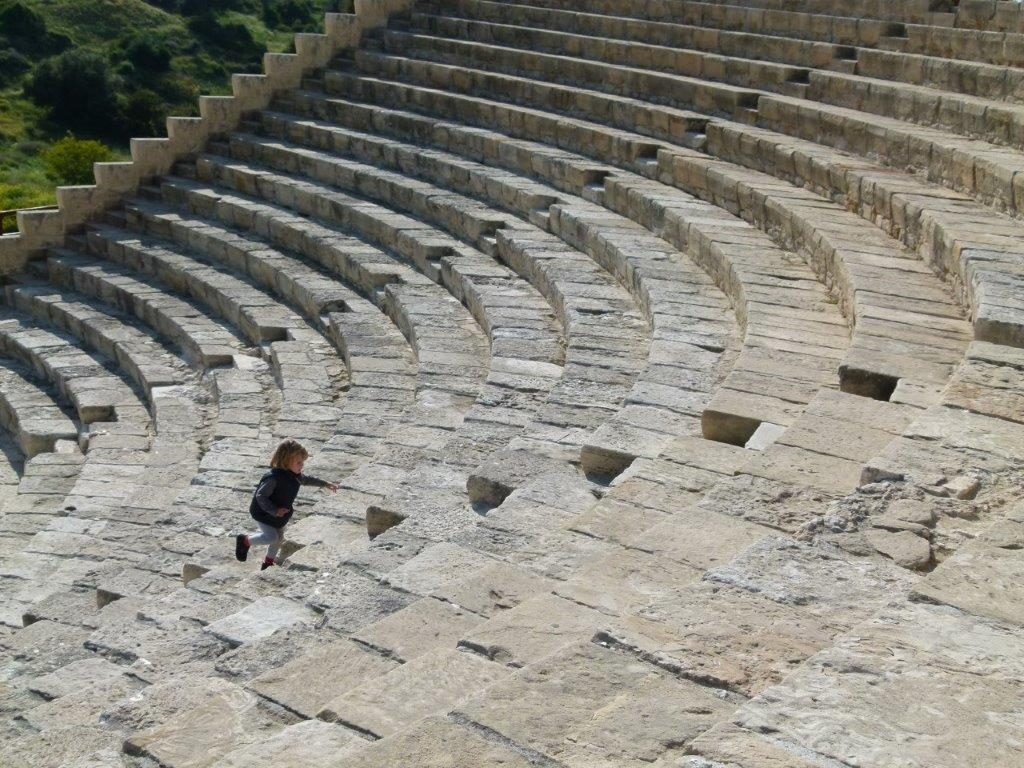
There’s the principal site of Ancient Kourion that most of the tourists flock to, but ruins spread out further into the countryside. The massive necropolis, buried mosaic floors, the basilica at the bottom of the cliff by Curium beach and, of course, the Sanctuary of Apollo Hylates and Kourion Stadium.
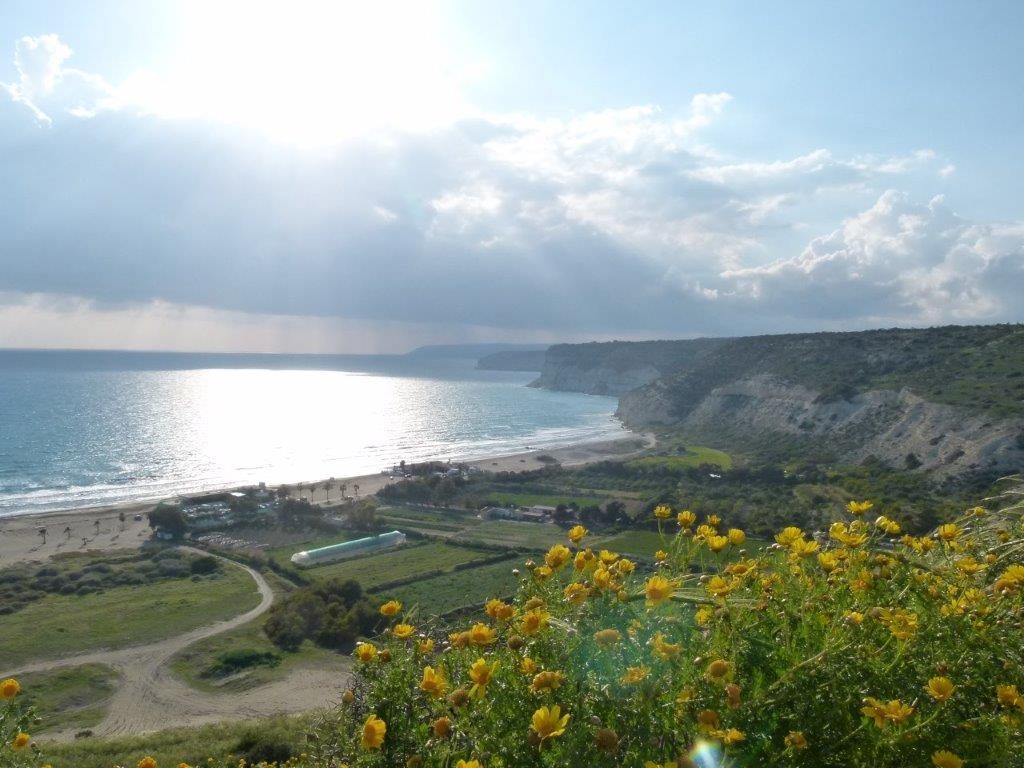
Kourion Stadium was built in the 2nd century AD and used until the 5th century. It was built in a large U-shape with seven rows of seats all around it. Apparently it could accommodate 6000 spectators.
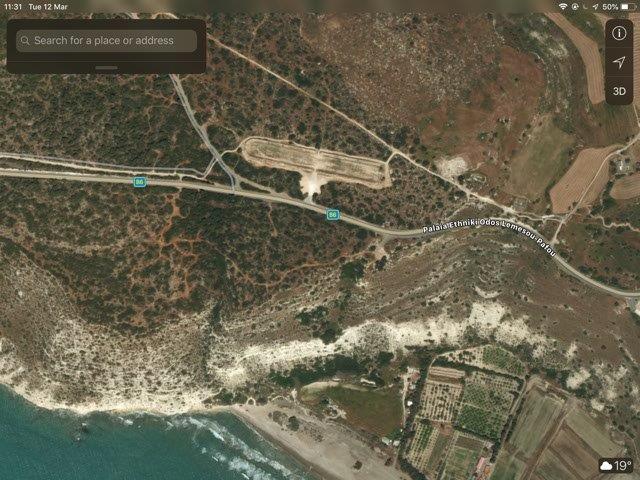
What remains today of Kourion Stadium is the foundation wall and, along parts of it, ruins of the first row of seats. Towards the western end, two tiers have been partially restored, going some way to help imagine what this magnificent place would have once looked like.
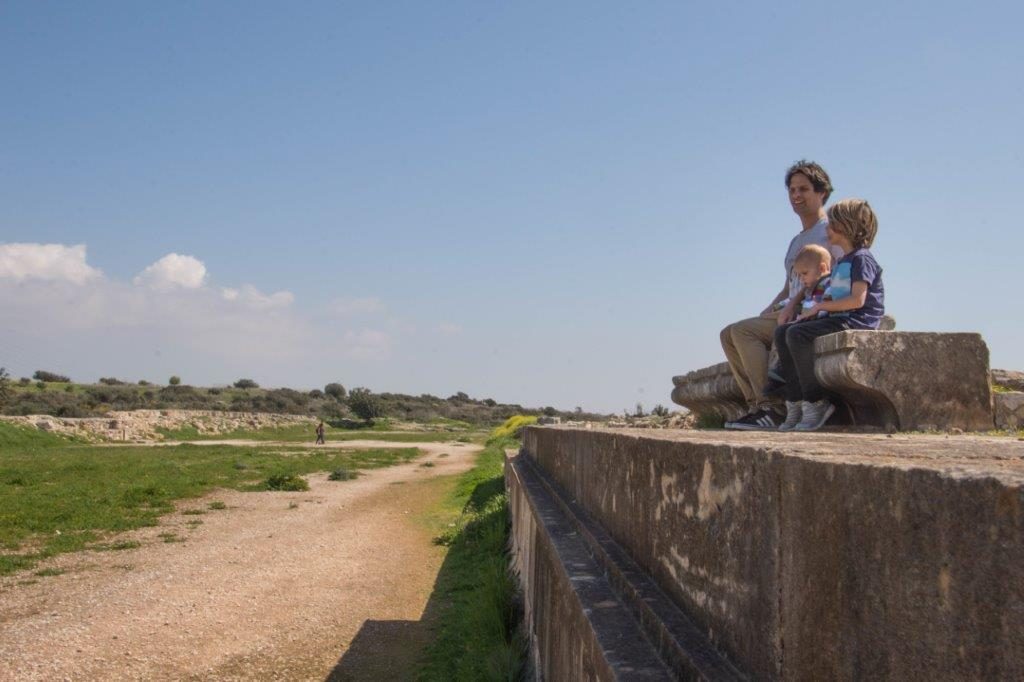
Fizzing with energy, Goobie wasn’t happy to just sit and imagine its former glory – he wanted to recreate it.
‘Let’s play the Roman games!’ he announced. He’d been learning in school that athletes had completed pentathlons here and that horses and chariots had raced around the stadium.
I was sick so I couldn’t compete. But I bravely took photos.
It was down to Matt to be the sole parent representative, human chariot and purveyor of javelins. Ha!
What unfolded was unlike anything seen in the stadium’s long history. But to Goobie’s mind, just as illustrious.
There was the running. Three kilometres round and round the stadium.


Next, javelin-throwing. It took Herc a while to get the hang of this.
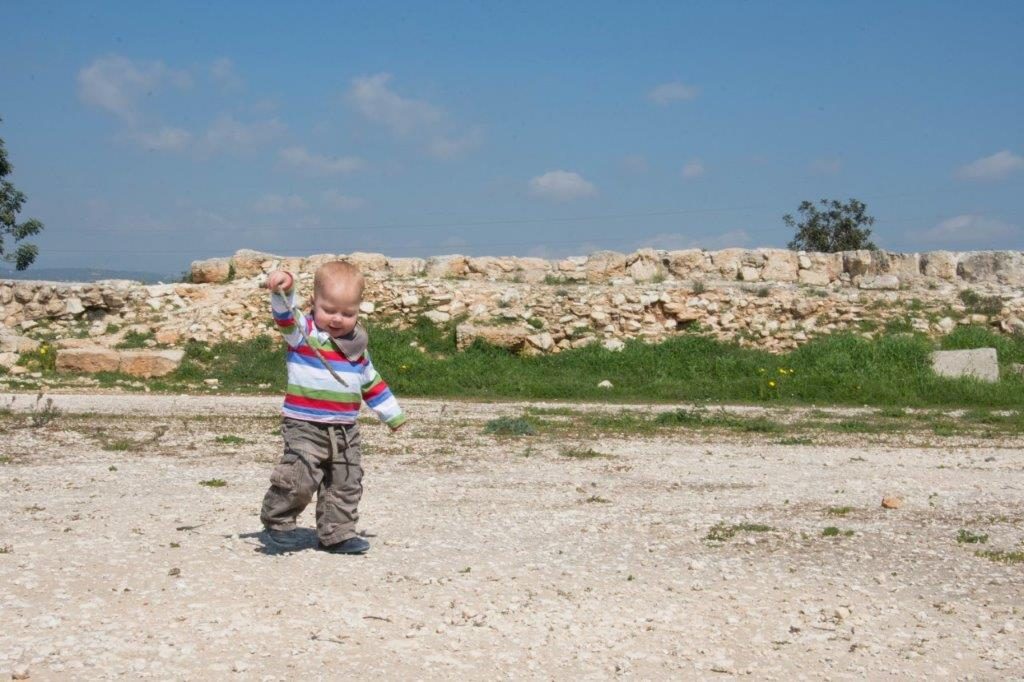
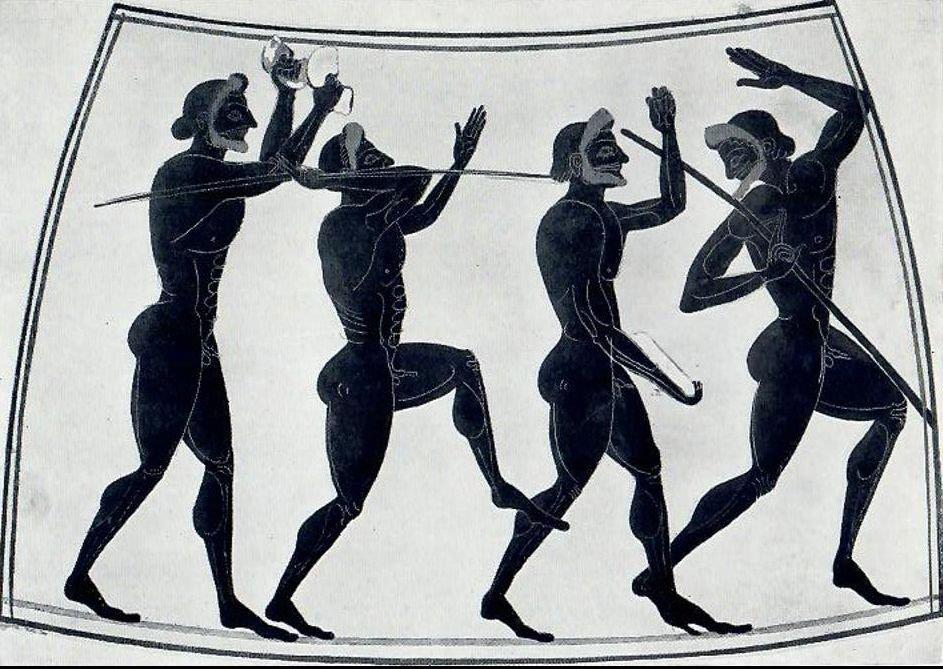
Then came the long jump. Goobie took this particularly seriously. Due to only just learning to walk, Herc qualified for assistance from his brother and was hauled over the ground by his arm pits.
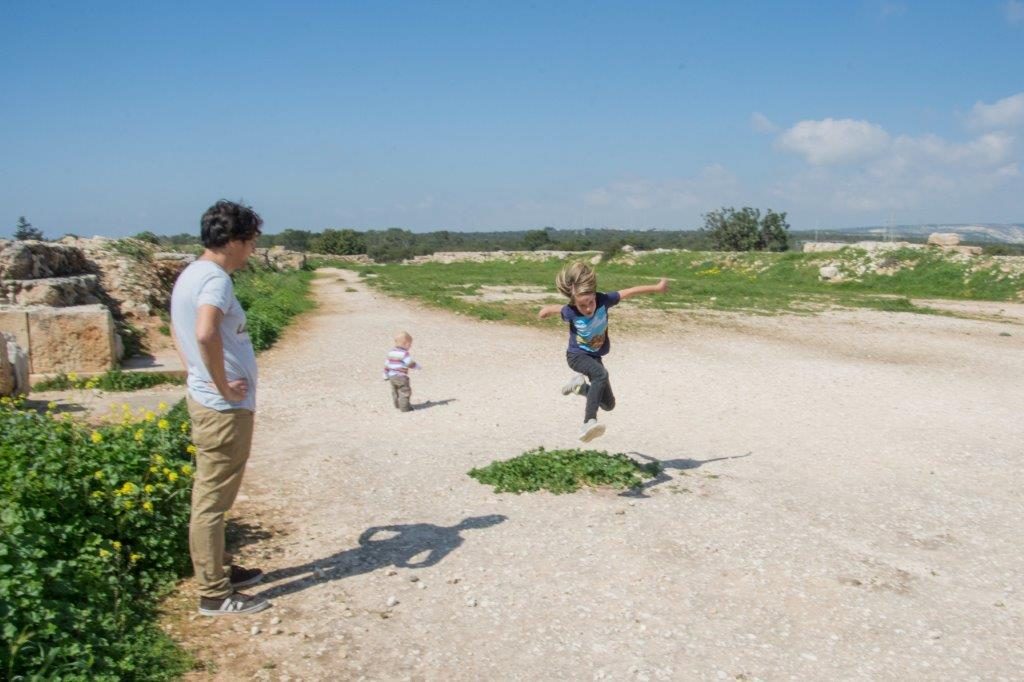
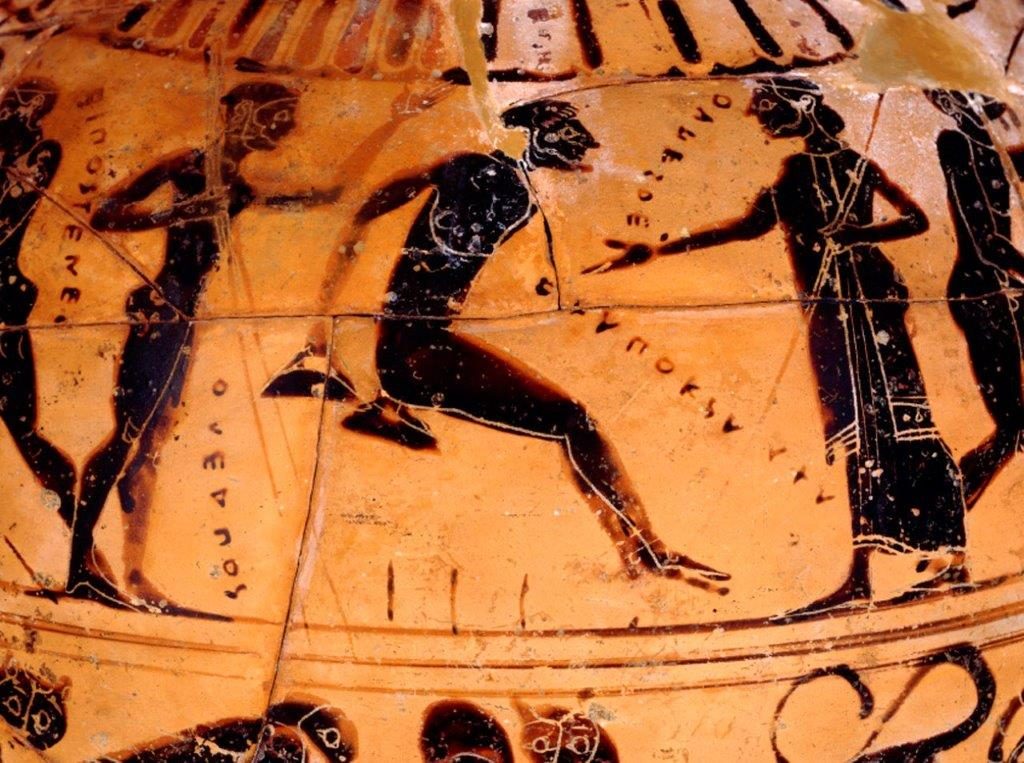
And then there was my favourite – chariot racing. Matt got the prize for managing to be a human, a horse and a chariot all at the same time.
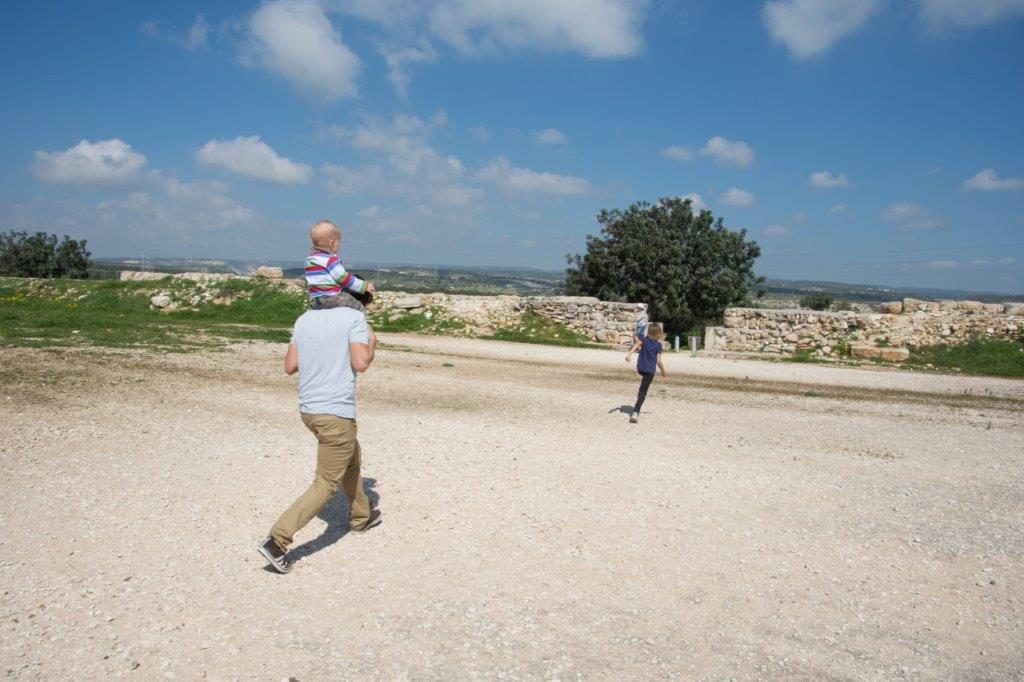
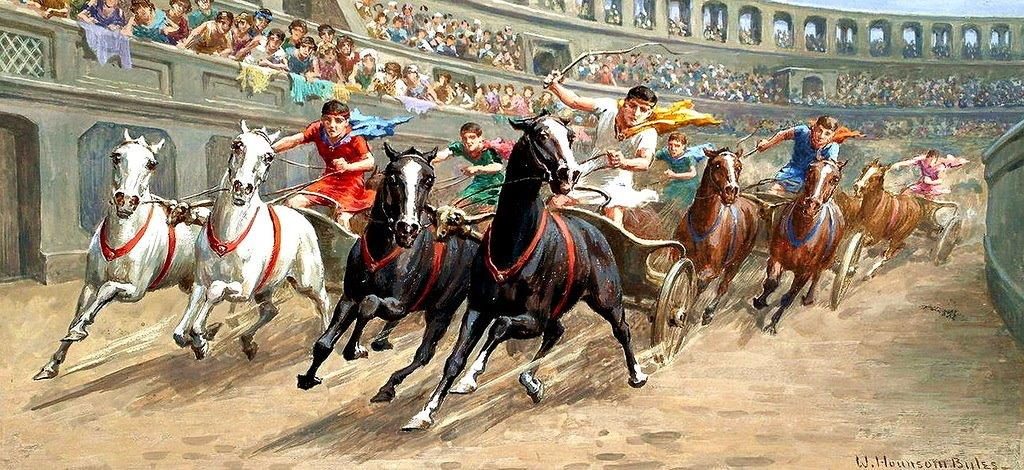
And the one that finished Matt off. The wrestling. He was a tad outnumbered. Herc won that for hair-pulling, face-smacking and general poking.
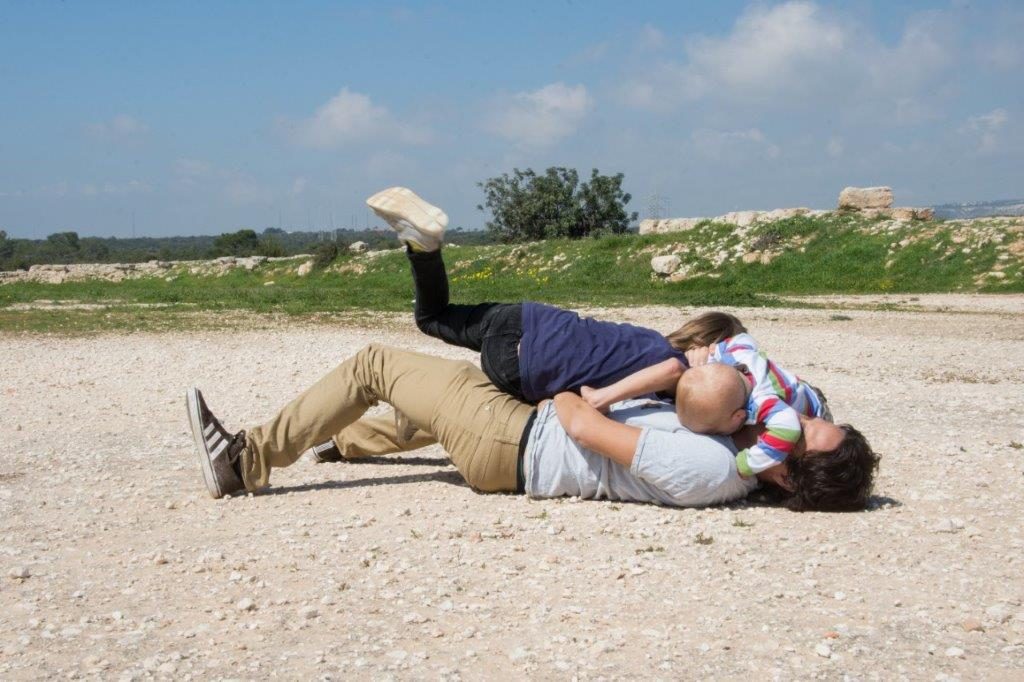
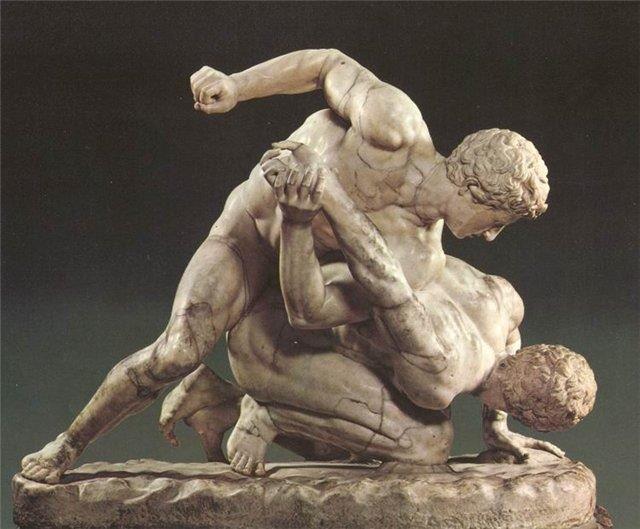
If you are visiting Ancient Kourion or the Sanctuary of Apollo Hylates, Kourion Stadium is worth a look. The size alone is impressive. If you have more time, there are walking trails surrounding the site and a small basilica a few minutes away. Or just stay, soak up the history and reenact the games yourself.
Leave a Reply